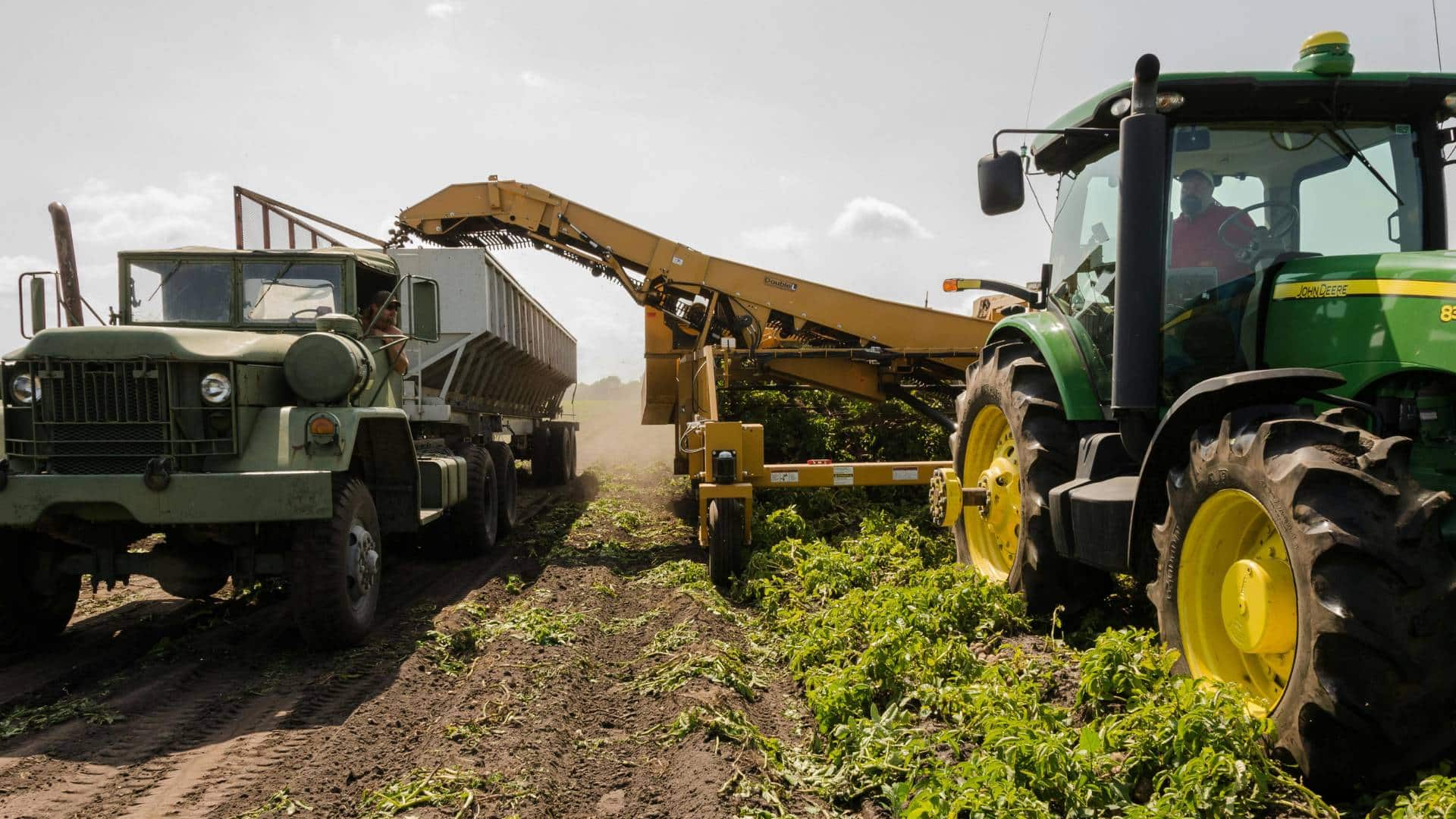How Climate Laws Are Changing What Ends Up on Your Plate


Climate change is no longer just an environmental issue; it’s increasingly becoming a driving force behind global food policy.
As governments enact ambitious climate laws to curb emissions, these regulations are profoundly impacting agriculture, supply chains, and consumer choices, fundamentally changing what ends up on our plates.
If you’re curious about climate laws on food impact, sustainable food systems, or food policy climate change, discover how environmental mandates are reshaping our diets and food production practices worldwide.
Plant-Based Shift

Governments are increasingly implementing policies and campaigns to encourage lower meat consumption. This includes promoting plant-based eating through public procurement, dietary guidelines, or even exploring carbon taxes on red meat. Such measures directly influence consumer choices, leading to more sustainable, plant-rich plates globally and driving dietary shifts for climate.
Redirecting Agricultural Subsidies

Climate laws are reshaping farm subsidies, moving away from support for high-emission practices towards rewarding sustainable agriculture. Farmers adopting regenerative practices, reducing synthetic inputs, or restoring biodiversity receive financial incentives. This encourages environmentally friendly food production, transforming food policy for climate change, and promoting eco-conscious farming methods.
New Food Waste Laws

New laws are directly targeting food waste reduction across the supply chain, from farms to consumers. Mandates on retailers for food donation, composting requirements for businesses, and consumer awareness campaigns aim to minimize edible food disposal. These efforts ensure more food reaches plates, reducing the carbon footprint of food.
Tracking Product Emissions

Consumers are starting to see labels indicating the carbon footprint of food products. Climate laws may mandate or incentivize such transparent labeling, empowering individuals to make informed choices that reduce their environmental impact. This awareness drives demand for low-emission foods, influencing purchases for a more sustainable food system.
Reducing Dirty Farm Tools

Laws are increasingly targeting the use of synthetic fertilizers and certain pesticides, significant sources of greenhouse gas emissions. Regulations aim to reduce nitrogen runoff and methane output from livestock. These agricultural emissions regulations compel farmers to adopt greener practices, impacting cultivation methods and ultimately the environmental impact of crops.
Push for Local Foods

Climate policies encourage shorter food supply chains to reduce transport emissions. This involves supporting local farmers through grants, promoting farmers’ markets, and educating consumers on seasonal eating benefits. Such initiatives highlight the environmental advantages of consuming locally sourced food, strengthening sustainable food systems, and reducing food miles.
Investing in Alternative Protein Development

Governments are pouring funds into research and development for alternative proteins, including lab-grown meat and novel plant-based options. These investments aim to scale up sustainable protein sources, offering environmentally friendlier alternatives to traditional animal agriculture. This directly influences future food availability and consumer choices for sustainable protein discussions.
Regulating Farm Water Use

Climate change intensifies water scarcity, leading to new laws governing agricultural water usage. Regulations might restrict water-intensive crops in certain regions or incentivize water-efficient irrigation technologies. These policies impact what crops can be grown sustainably, influencing regional food production and promoting climate-resilient agriculture practices on our plates.
Changing Food Landscape

As governments globally enact ambitious legislation to combat climate change, these regulations are fundamentally transforming agriculture, supply chains, and consumer choices, directly impacting what we eat.
